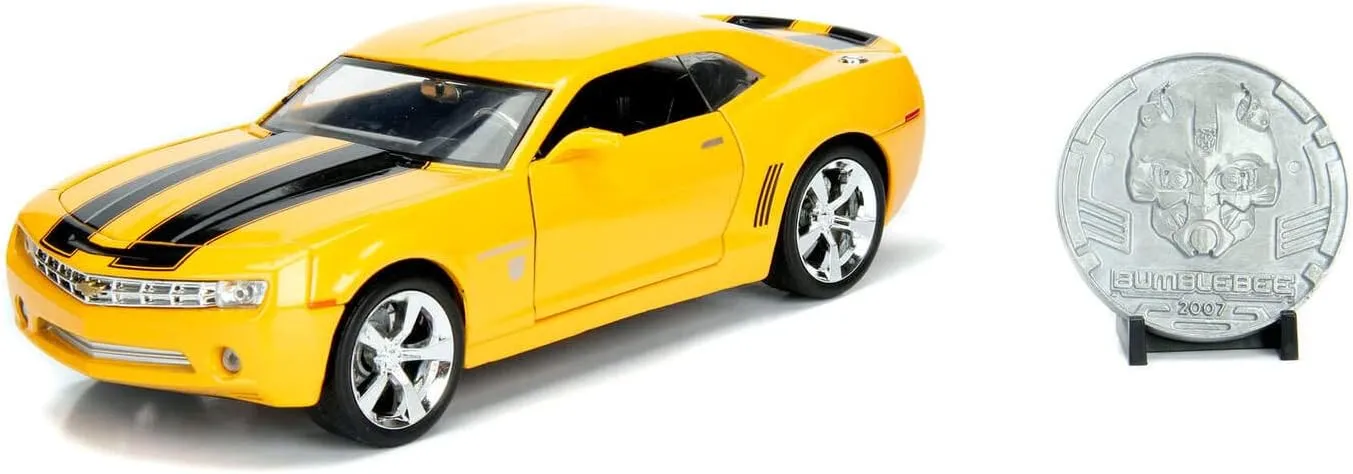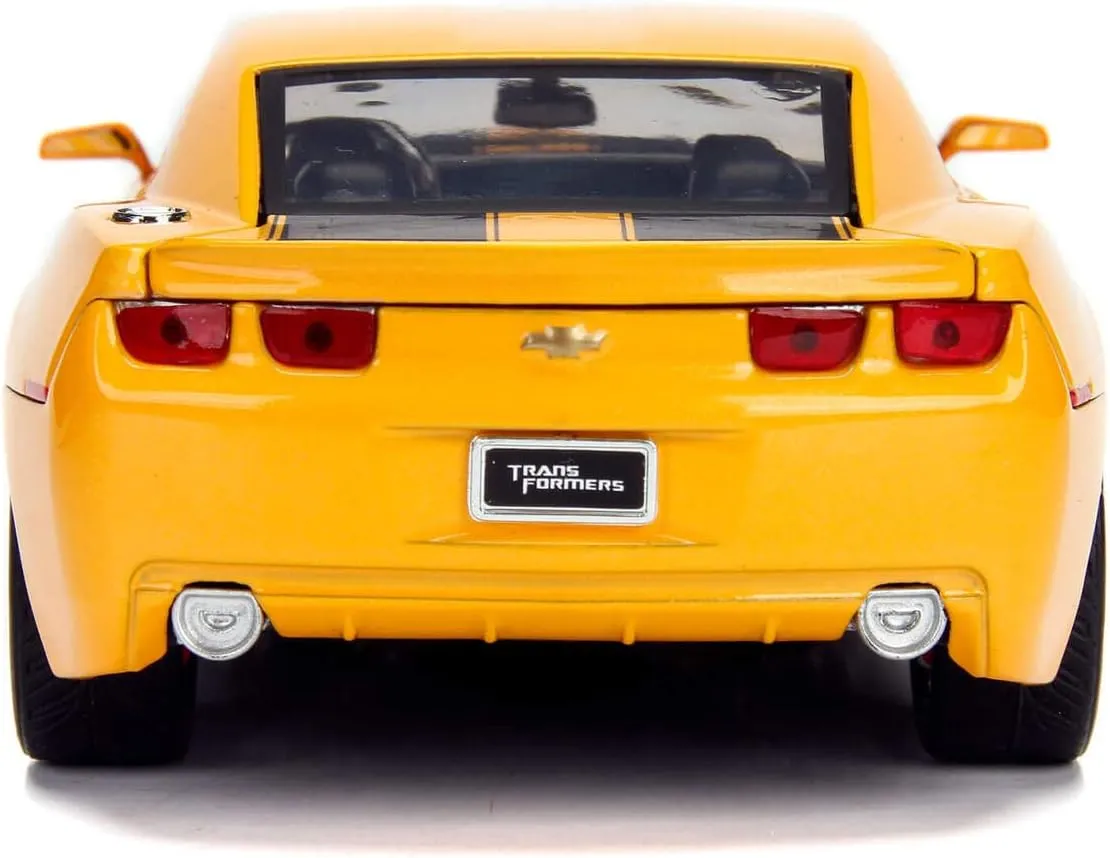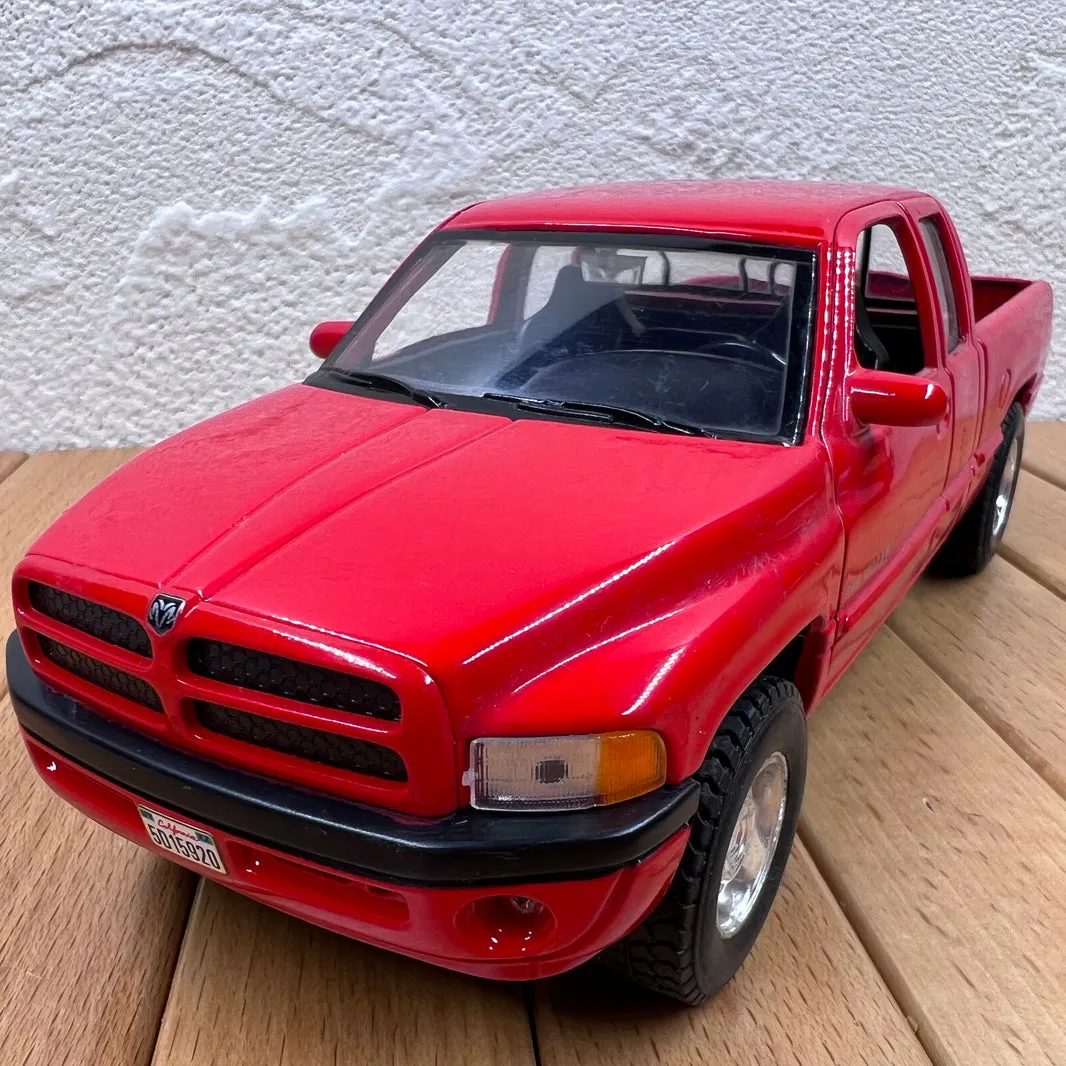What Are Diecast Metal Vehicles
Diecast metal vehicles are miniature replicas of real-world automobiles, aircraft, and other vehicles, meticulously crafted using a process called die casting. These miniature marvels have captivated collectors and enthusiasts of all ages for generations, offering a blend of artistry, engineering, and nostalgia. The term “diecast” refers to the manufacturing process where molten metal is injected into a mold, or “die,” under high pressure. This process allows for intricate detailing and precise replication of the original vehicles, making diecast metal vehicles highly sought after for their realism and accuracy.
Materials Used in Diecast Metal Vehicles
The quality and authenticity of a diecast metal vehicle largely depend on the materials used in its construction. Several different metals are employed, each contributing unique properties to the final product. These materials are chosen for their durability, ability to capture fine details, and realistic weight. The most common metals used are zinc alloy, steel, and sometimes other metals for specific components or enhanced detailing. The combination of these materials ensures a high-quality, long-lasting collectible.
Zinc Alloy

Zinc alloy is the primary material used in the die-casting process due to its excellent fluidity, allowing it to fill intricate molds. It’s a cost-effective metal that can accurately capture fine details, making it ideal for replicating complex designs found on vehicles. Zinc alloy also provides a good weight, contributing to the realistic feel of a diecast model. The use of zinc alloy ensures the models have a sturdy and durable construction, which is crucial for withstanding handling and display.
Steel
Steel is another crucial material, often used for axles, chassis components, and other structural parts that require greater strength. Its strength and durability provide additional support to the models, allowing them to withstand wear and tear over time. The use of steel also helps to maintain the vehicles’ structural integrity. Steel components, combined with the zinc alloy, enhance the overall quality and longevity of the diecast metal vehicles, making them suitable for both display and occasional play.
Other Metals
In addition to zinc alloy and steel, other metals might be incorporated in the production of these miniature vehicles. These metals can include aluminum, brass, or copper, which are often used for specific details or components where their properties are beneficial. For example, chrome-plated brass might be used for the bumpers or trim, providing a realistic shine. These additional metals enhance both the appearance and the overall value of the diecast metal vehicles by contributing to detail and authentic aesthetics.
Key Features of Diecast Metal Vehicles

Diecast metal vehicles are celebrated for a combination of remarkable features that make them prized collectibles. From their intricate detailing to their durability, these models offer a unique appeal to collectors and enthusiasts. The attention to detail in design, the use of high-quality materials, and the realistic aspects of their construction contribute to their popularity. Let’s delve into the key features that set diecast metal vehicles apart and why they remain a cherished hobby.
Realistic Detailing
One of the most impressive features of diecast metal vehicles is the high level of detail. Manufacturers meticulously recreate every aspect of the original vehicles, from the exterior body lines and grilles to the interior dashboards and seats. The attention to detail extends to the wheels, tires, and even the engine compartments, if visible. Realistic detailing gives these models an authentic appearance that truly captures the essence of the real-world vehicles they represent. The use of fine paints, decals, and sometimes even working parts like opening doors and hoods further enhance the realism.
Durability and Build Quality
Diecast metal vehicles are built to last. The combination of die-casting technology and high-quality materials results in models that are incredibly durable. The zinc alloy used in most of the bodies provides a robust structure that can withstand handling and display. The use of sturdy components and tight assembly contributes to the vehicles’ longevity. The robust build quality ensures that these vehicles can be enjoyed for many years, making them valuable both as collectibles and heirlooms.
Weight and Feel

The weight of a diecast metal vehicle contributes significantly to its perceived quality and authenticity. The density of the materials used, particularly zinc alloy, gives these models a satisfying heft in the hand, mimicking the feel of a real vehicle. This weight adds a tactile element to the collecting experience, enhancing the sense of realism and value. The weight gives the models a more premium feel and contributes to the overall sense of quality.
Scale Accuracy
Diecast metal vehicles are produced in various scales, such as 1 64, 1 43, and 1 18, ensuring accurate proportions relative to the original vehicles. Manufacturers meticulously adhere to these scales, creating models that are proportionally correct. The accuracy in scale enhances the collecting experience, enabling enthusiasts to assemble collections that are true representations of their favorite vehicles. Scale accuracy is critical to the aesthetic appeal and collector value of these vehicles.
Variety of Models
The diecast metal vehicle market offers an extensive variety of models, catering to diverse interests and tastes. From classic cars and modern sports cars to trucks, buses, and even military vehicles, there is a model to suit every collector. The availability of different scales and manufacturers further expands the range of options. This wide variety allows collectors to focus on particular brands, eras, or vehicle types, creating personalized collections that reflect their passions and preferences.
Collectibility and Value

Diecast metal vehicles hold significant collectibility and can appreciate in value over time, particularly limited edition or rare models. Factors like the manufacturer, the specific model, the condition of the vehicle, and the packaging influence its worth. The collectibility of these vehicles makes them a popular investment for enthusiasts who appreciate both the aesthetic appeal and the potential for financial returns. The market for diecast metal vehicles remains robust, reflecting the enduring appeal of these detailed and iconic models.
Manufacturing Process of Diecast Metal Vehicles
The manufacturing process of diecast metal vehicles is a fascinating blend of precision engineering and artistic craftsmanship. Die casting is a critical part of this process and it is a highly specialized process that ensures each model has its intricacies. The methods employed to create these miniature replicas are a testament to the dedication of manufacturers to recreate original designs.
Die Casting
Die casting is the foundation of the diecast metal vehicle manufacturing process. Molten metal, typically zinc alloy, is injected into a mold, or “die,” under high pressure. The die is made of multiple pieces that can be separated to remove the formed vehicle. The pressure and speed of the injection process ensure that the molten metal fills every intricate detail of the mold, capturing fine lines and curves. Once the metal solidifies, the die is opened, and the vehicle is extracted. This process is repeated for each component of the vehicle, like the body, chassis, and interior parts.
Assembly and Finishing

After the die-casting process, the various components of the vehicle undergo assembly and finishing. This involves attaching the different parts, such as wheels, windows, and interior components, to the body and chassis. Detailing is applied through painting, decaling, and other techniques to replicate the original vehicle’s colors, markings, and features. Finishing touches, like adding chrome trim or clear plastic for headlights, contribute to the realism. The assembly and finishing stages are crucial for achieving the final appearance and quality of the diecast metal vehicle.
Popular Diecast Metal Vehicle Scales
Diecast metal vehicles are available in various scales, each offering a different size and level of detail. The scale refers to the ratio between the model and the real-world vehicle. The choice of scale is often a matter of personal preference, space limitations, and the desired level of detail. The most popular scales are 1 64, 1 43, and 1 18, each of which offers unique advantages for collectors.
1 64 Scale
1 64 scale vehicles are smaller, typically measuring about 2–3 inches in length. This scale is popular for its affordability and ease of collecting, as these vehicles take up less space. 1 64 scale models are widely available and often feature in playsets, making them attractive to younger collectors. The variety of models is extensive. They are ideal for displaying a large number of vehicles without requiring a huge amount of room.
1 43 Scale

1 43 scale models offer a higher level of detail compared to 1 64 scale, with vehicles usually measuring around 4–5 inches. This scale strikes a good balance between detail and size, making it popular among serious collectors. 1 43 scale models often feature more intricate details and finer paintwork. They are typically displayed in showcases or on shelves, where their details can be easily appreciated.
1 18 Scale
1 18 scale vehicles are the largest of the commonly collected scales, usually measuring around 9–10 inches. They offer the highest level of detail, often including opening doors, hoods, and detailed engine compartments. The larger size allows for more intricate features. These models are often highly detailed and can be quite expensive, reflecting the premium quality and attention to detail. 1 18 scale models are often the centerpiece of a collection, with their impressive appearance.
How to Choose the Right Diecast Metal Vehicle
Selecting the right diecast metal vehicles for your collection is a highly personal experience. It involves considering your interests, assessing the quality of the models, and ensuring their authenticity. Whether you’re a seasoned collector or a newcomer, the process of choosing the perfect models can be incredibly rewarding. The following tips can help make the process more enjoyable, ensuring you find vehicles that you’ll cherish for years.
Consider Your Interests

The first step in choosing diecast metal vehicles is to identify your interests. Do you have a passion for classic cars, modern sports cars, or perhaps trucks and buses? Are you interested in specific eras, manufacturers, or even particular racing teams? Focusing on what you love will make the collecting experience more enjoyable. Establishing your collecting themes helps narrow your choices and build a cohesive and meaningful collection. Consider which vehicles spark your interest and align with your passion.
Assess the Quality
Assessing the quality of diecast metal vehicles is crucial for ensuring you acquire high-quality models. Pay attention to the details, such as the paintwork, the alignment of parts, and the overall finish. Inspect the model for any imperfections, like scratches or misaligned components. Read reviews, and research the manufacturer’s reputation. The best diecast metal vehicles are known for their meticulous attention to detail, realistic design, and the use of quality materials.
Check for Authenticity
Checking for authenticity is an important step, especially if you’re purchasing rare or vintage models. Ensure that the model comes with its original packaging, if applicable, as this often increases its value. Research the manufacturer’s markings, such as the logos and serial numbers, to ensure they are accurate. Be wary of models sold at unusually low prices, as they may be counterfeit. Consulting with experienced collectors or dealers can help verify the authenticity of the vehicles.
Caring for Your Diecast Metal Vehicles
Proper care and maintenance are essential for preserving the condition and value of your diecast metal vehicles. Simple steps can help maintain the appearance and longevity of your collection. By following these guidelines, you can ensure that your models remain in pristine condition for many years, preserving their beauty and value.
In conclusion, diecast metal vehicles offer a captivating blend of art, engineering, and nostalgia. With their intricate detailing, high-quality materials, and significant collectibility, they appeal to enthusiasts of all ages. By understanding their key features, the manufacturing process, popular scales, and the best ways to choose and care for them, collectors can fully appreciate the world of these miniature marvels. Whether you’re a seasoned collector or just starting, the world of diecast metal vehicles is an exciting and rewarding hobby.
